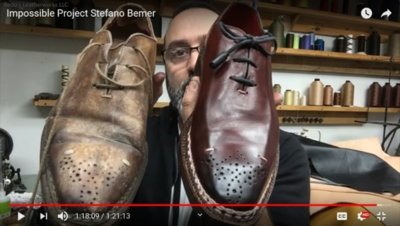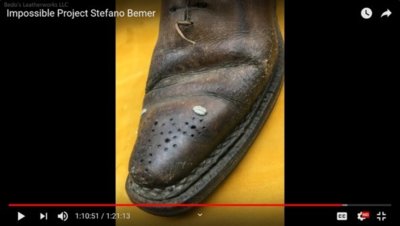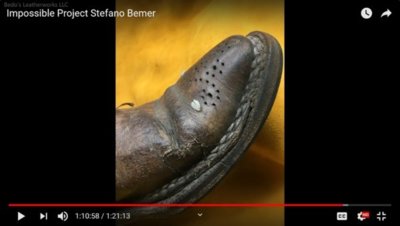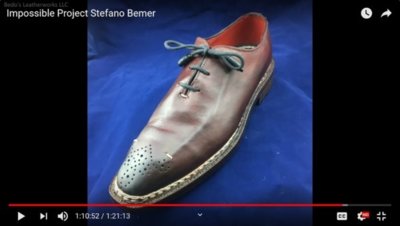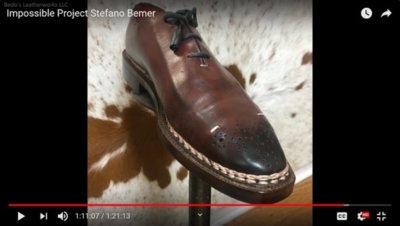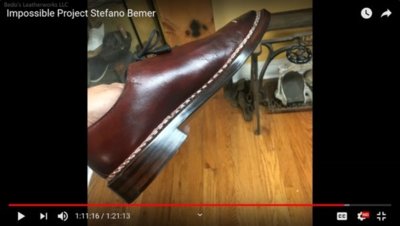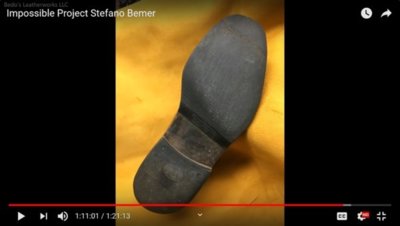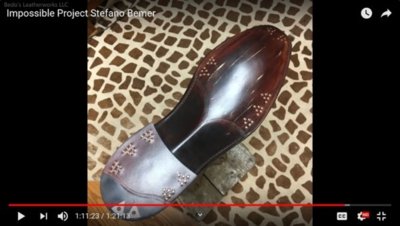The Shooman
A Pretty Face
- Messages
- 4,775
thanksThe Shooman . Good eye. Big Johnny Lobb (St. James).
Wow, how long have you had those for?
I could tell they were something really special because you don't see that type of thing much. They way they were made mainly told me they were special.



